Astronomers achieve historic first image of two supermassive black holes orbiting each other
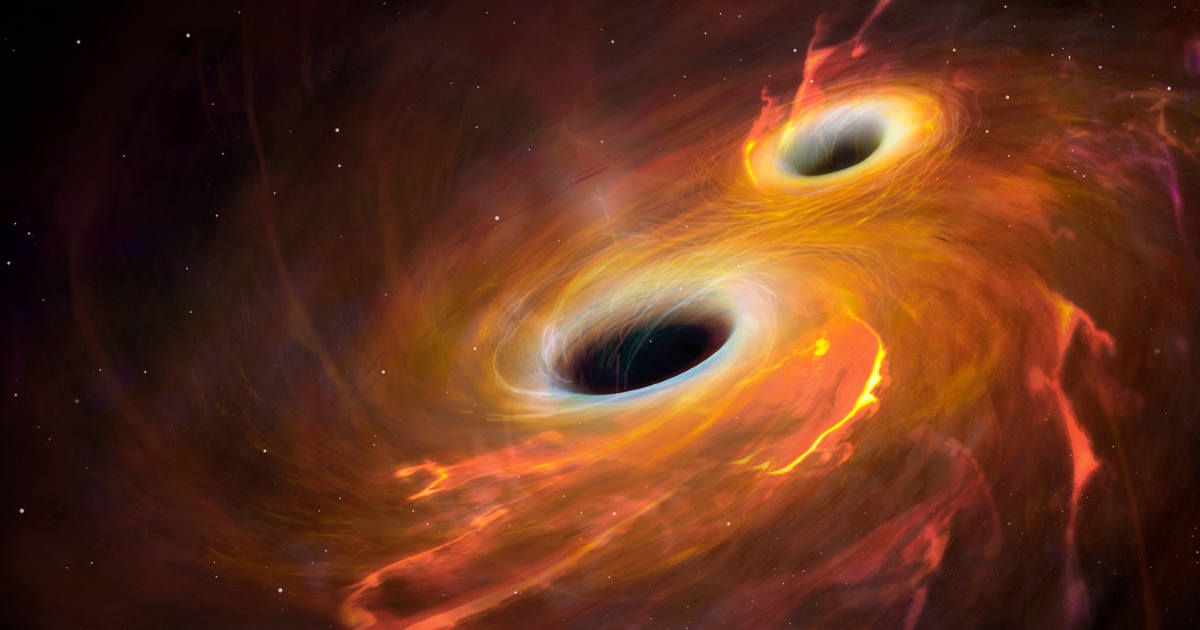
An international team of scientists has achieved a major astronomical milestone, capturing the first direct radio image of two supermassive black holes locked in orbit around one another. According to the University of Turku, this groundbreaking observation settles a decades-old theoretical question by confirming the existence of binary black hole systems.
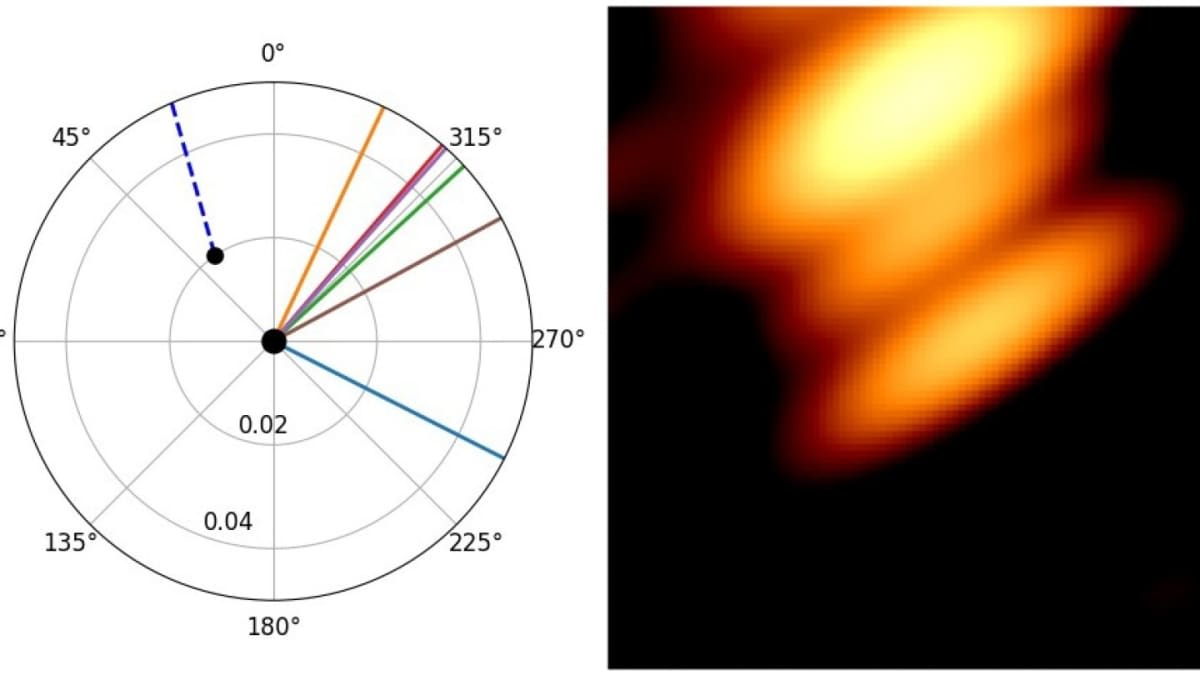
The achievement focuses on a hyper-luminous galactic core known as the quasar OJ287, which had long been suspected of harboring two orbiting black holes based on its unusual light patterns. Quasars are created when a supermassive black hole at a galaxy's center actively consumes surrounding cosmic material, producing immense luminosity. The image, which required a resolution 100,000 times sharper than standard optical images, was captured using a powerful radio telescope system that included the now-decommissioned RadioAstron satellite. This space-based component extended the telescope's effective diameter, providing the necessary clarity to resolve the individual objects.
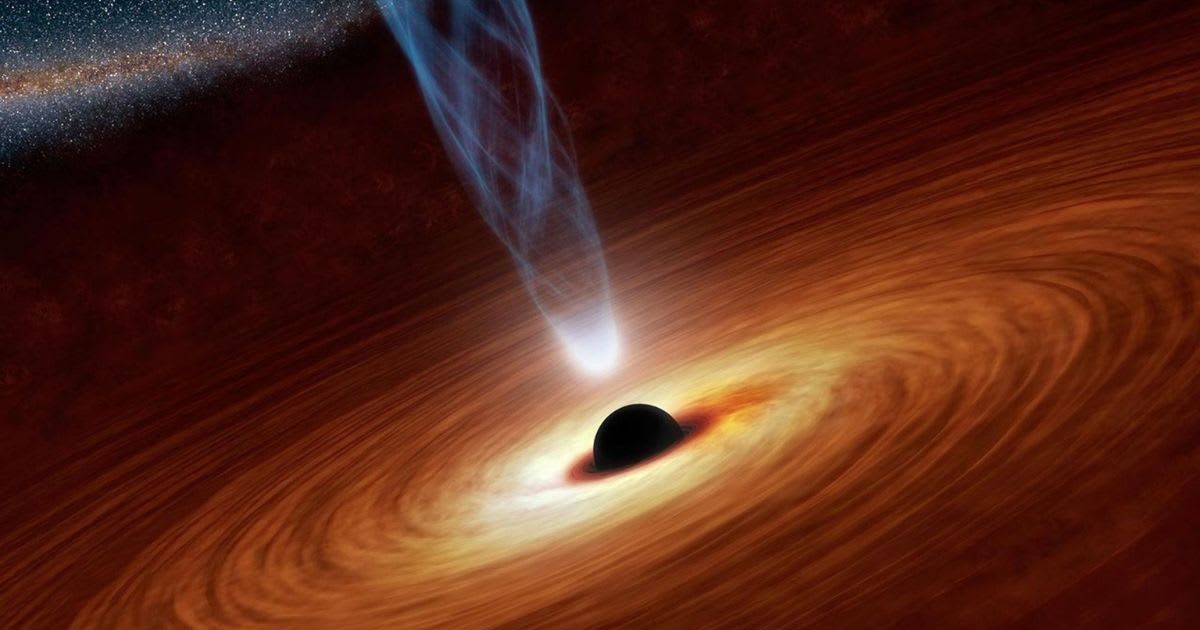
For decades, astronomers have monitored OJ287, whose brightness fluctuates dramatically on a predictable 12-year cycle. Lead author Mauri Valtonen of the University of Turku noted that this predictable variation was the key evidence supporting the two-black-hole model. The theoretical orbit explaining this cycle has been recently refined, allowing researchers to predict the precise location of both black holes. "The two black holes were there in the image, just where they were expected to be," Valtonen stated. “For the first time, we managed to get an image of two black holes circling each other." While black holes themselves are invisible, the radio image successfully identified them by tracking the intense particle jets they emit.
In addition to confirming the binary nature of the system, researchers uncovered a new phenomenon: a unique, twisting jet streaming from the smaller, secondary black hole. The jet is described by researchers as resembling a "wagging tail" or a rotating garden hose. Its unusual shape is attributed to the smaller black hole’s rapid orbital movement, which constantly diverts the jet's direction as it races around its larger counterpart. Scientists anticipate monitoring this jet for years to come as the smaller black hole’s changing speed and direction cause the tail to twist in new ways. The findings, published in The Astrophysical Journal, provide irrefutable visual evidence of black hole pairs, paving the way for a more comprehensive understanding of how these powerful cosmic objects evolve within galactic centers.
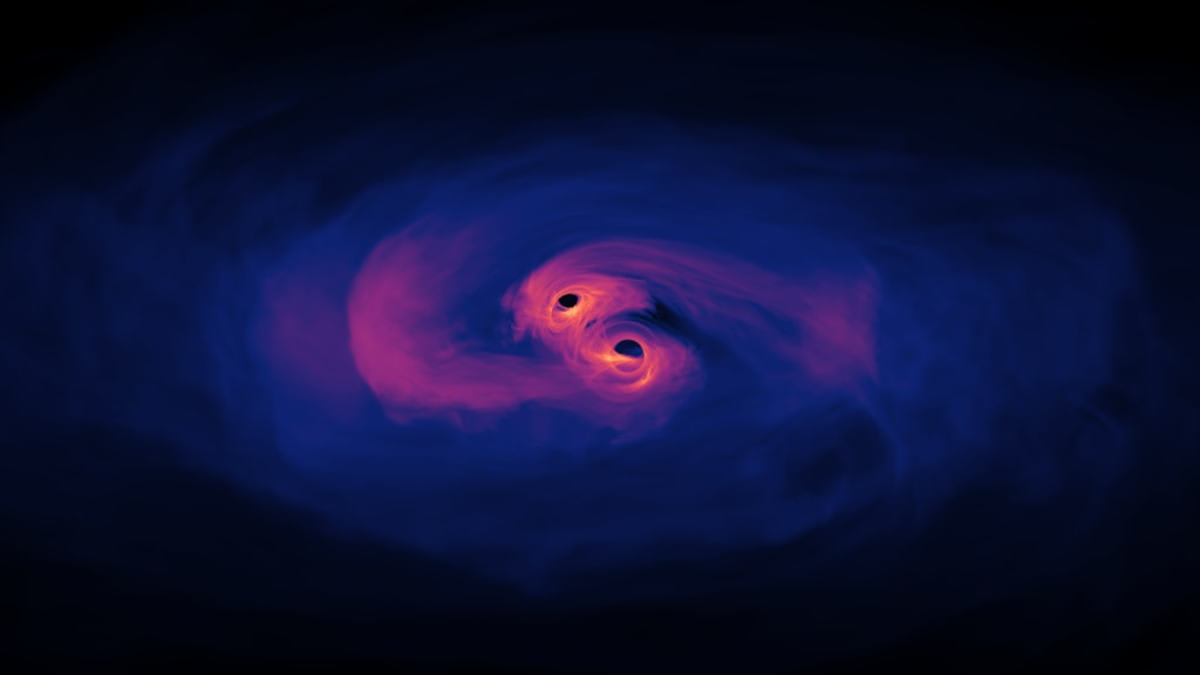
The groundbreaking imaging of the dual black hole system follows a significant earlier observation that strengthened the merger theory. Just this past August, a separate international team captured an image revealing a striking curved plasma jet emanating from the core of the OJ 287 galaxy. Published in the journal Astronomy & Astrophysics, that research offered compelling new evidence for the long-suspected binary nature of the system. For over 150 years, OJ 287 has perplexed astronomers due to its erratic brightness fluctuations, which led scientists to theorize the presence of two supermassive black holes locked in an orbit and potentially heading toward a merger.
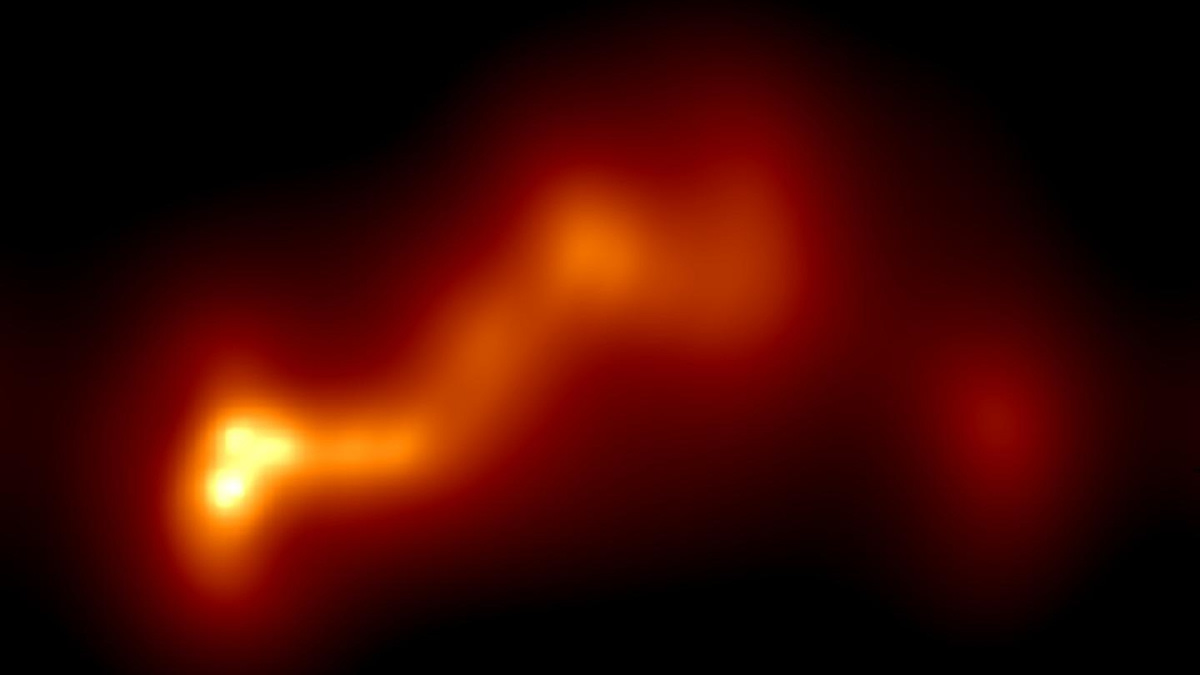
The August research, spearheaded by Dr. Efthalia Traianou of Heidelberg University, provided an unprecedented view into the galactic core, setting the stage for the recent radio confirmation of the black hole pair.
More on Starlust
Scientists discover how black holes acquired 'squashed' orbits just before the merger









